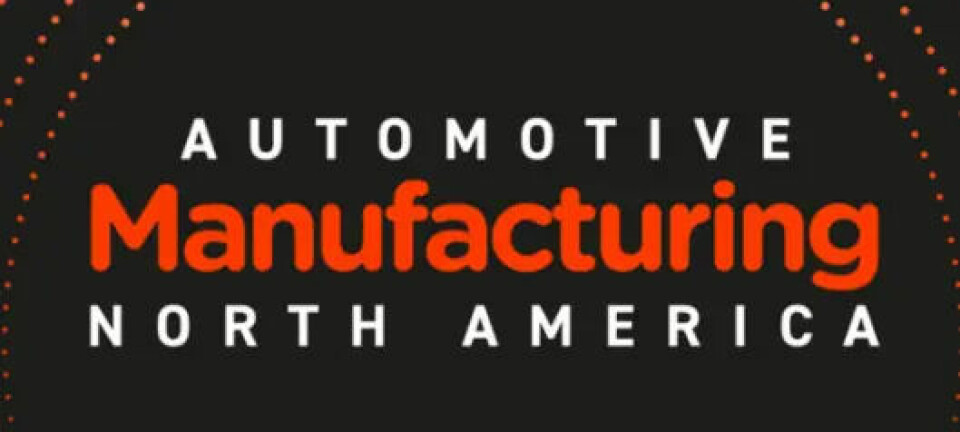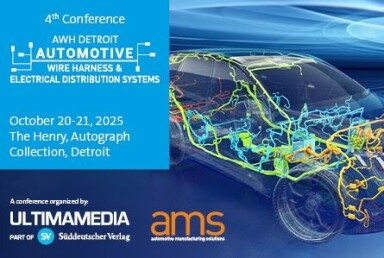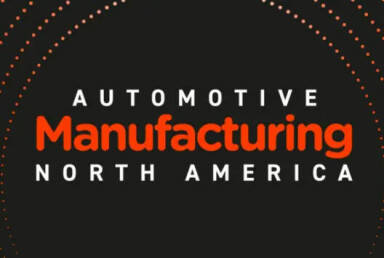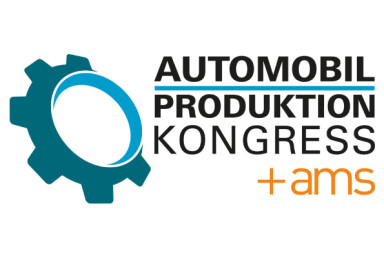Digitally transforming steel
Academics develop digital roadmap to net-zero UK steel
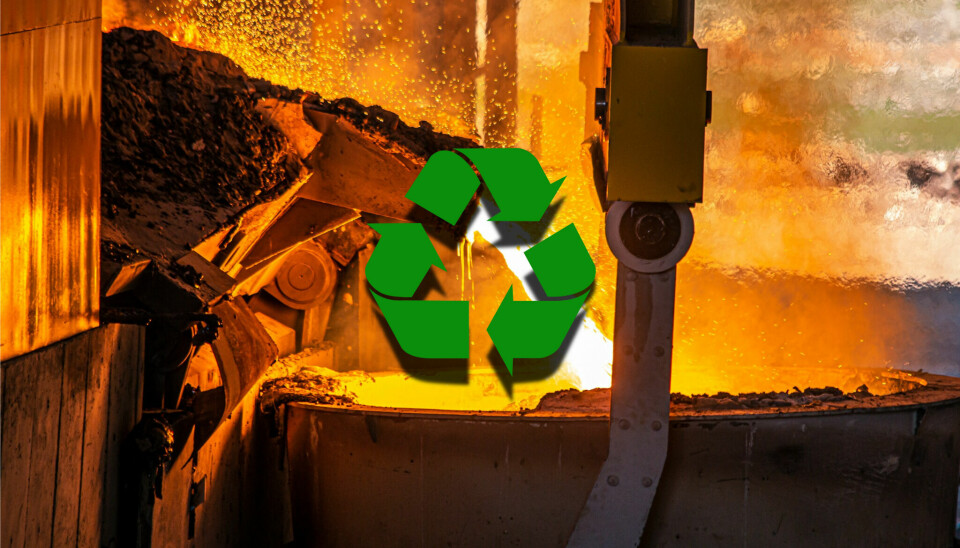
A University of Warwick team has mapped the digital barriers to decarbonising UK steel. Their framework offers policymakers, manufacturers and the automotive sector a guide to smarter, resource-efficient transformation.
The University of Warwick has produced a detailed blueprint for digitally decarbonising the UK steel industry, a sector whose energy intensity and carbon output place it squarely in the sights of policymakers. Backed by £5.4 million ($6.96 million) from the InterAct programme, part of Made Smarter Innovation, the study offers lessons for automotive manufacturers seeking to secure greener, more competitive supply chains.
Mapping the obstacles
Steelmaking in the UK, with more than 1,100 companies contributing £2.3 billion ($3.12 billion) to GDP, remains a significant emitter despite its recyclability. The research team led by Dr Aitana Uclés Fuensanta, identified 12 critical barriers to the adoption of Industrial Digital Technologies (IDTs). These range from investment uncertainty and skills shortages to regulatory complexity and environmental considerations.
A seven-layer hierarchical framework reveals how these obstacles interact, making it easier to pinpoint where interventions will have the greatest effect.
From modelling to roadmap
Using Interpretive Structural Modelling (ISM) with MICMAC analysis, the team created a strategic plan for overcoming these barriers. “Our research provides targeted, actionable recommendations that empower decision-makers to focus their efforts where they’ll have the greatest impact,” said Dr Taofeeq Ibn-Mohammed. He argues for a coordinated mix of policy reform, technological innovation, organisational change and economic planning.
The work has already found an audience beyond the UK. Presented at AISTech, the Iron and Steel Technology Conference in the US, it received praise from international stakeholders. A practitioner’s report is in preparation to guide industry strategy and foster cross-sector collaboration.
“This is the first empirical analysis of its kind to map the causal relationships between barriers to IDT adoption,” said Dr Uclés Fuensanta. “Our insights will enable stakeholders to prioritise action, share best practices, and drive meaningful progress toward net zero.”
Wider applications: Glass
The methodology is also being adapted for other energy-intensive sectors including glass, strengthening the UK’s position in industrial and automotive production sustainability.
“By addressing both the regulatory and operational challenges facing the sector, we can enable smarter, more adaptive policies and unlock the full potential of digital transformation in UK manufacturing,” said Dr Ibn-Mohammed.
InterAct’s industrial role
InterAct, run under Made Smarter Innovation, has built a network of more than 750 members from academia, policy, industry and technology. It has hosted over 70 events with more than 2,000 participants, funding more than 30 projects on topics from digital change management to sustainable manufacturing.
The network recently secured almost £1 million ($1.29 million) in extra funding to help UK SMEs adopt IDTs to improve sustainability. “InterAct is committed to supporting innovative research that drives sustainable change across industries,” said Professor Jill MacBryde of the University of Strathclyde, InterAct’s co-director. “The work undertaken by the University of Warwick team represents a crucial step towards a more sustainable future for the steel sector.”





